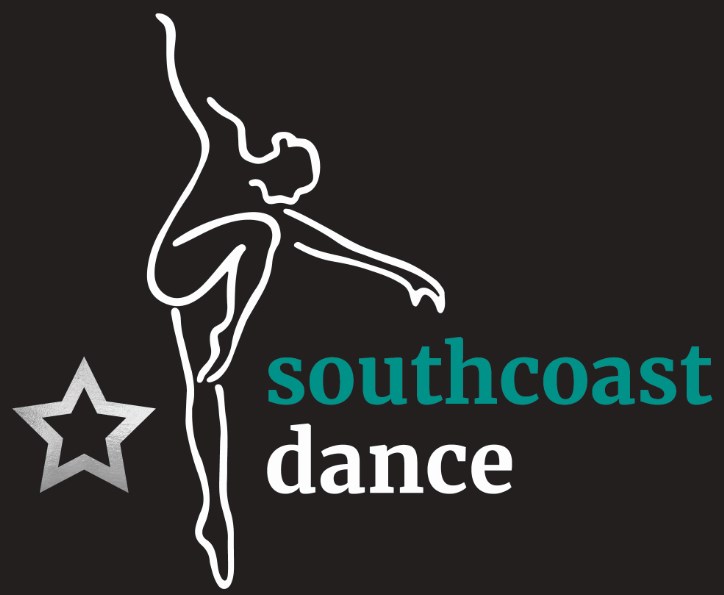Different Ballet Techniques that Every Ballerina Should Know
March 29, 2018There are several different major types of training methodology for teaching ballet as an art form. Every method has a distinctive style and presentation while helping to develop outstanding ballerinas and danseurs (male ballet dancers). Some ballet teachers like to combine elements of several different types of ballet training methods to form a unique teaching and learning approach for ballet. All ballet teaching methods focus on grace, style, fluid movement, balance and brilliant artistic expression through use of the body. Students’ progress through many different phases of learning while strengthening the muscular abilities and responsiveness of all parts of the body. Ballet is very exacting and extremely expressive and creative at the same time. Regardless of what training method they learn initially, all ballerinas must know certain elements of basic ballet technique.
Different Ballet Techniques that Every Ballerina Must Know as She Advances as a Ballet Dancer
There are certain basic elements of ballet technique that each ballerina must know and master on her way to becoming a well-studied and accomplished ballet dancer. These techniques can be found in the following primary ballet learning methods:
- Cecchetti Method. - This method of teaching and learning the techniques of ballet was developed by Enrico Cecchetti, an Italian ballet master who was strongly influenced by his predecessor, Carlo Blasis. As a traditional Ballet theorist and dancer in France during the 19th century, Blasis created the initial codified ballet technique to be published. This strict regimen of training follows a carefully structured exercise routine for each day during the week, based on the needs and capacities of the human anatomy. It combines various movements and steps to ensure even exercising of all parts of the body. Each individual exercise is practiced on both sides of the body. If an exercise is performed on the right side of the physique one week, it will be performed by the left side during the following week.
- French School. - The Ecole Françise (French School) of ballet was first introduced during the French monarchs' court presentations in past centuries and is still accepted as the true beginning of all known ballet training. The first ballet school, the Royal Academy of Dance, was opened in 1661 by King Louis XIV in France, and nearly all of the poses, movements and steps in basic ballet training have French names, for example, Pliés, Pirouettes, Arabesques. Although choreographers have since revised many classic ballet techniques and styles, the primary ballet positions are still the same today. In addition, the majority of the French ballet terms have not been altered over the years.
- Balanchine Method. - This ballet training method was developed by George Balanchine, who co-founded the New York City Ballet. Balanchine became celebrated as the leader among contemporary worldwide ballet choreographers, and his brilliance, creativity and passionate artistry are seen today in many extraordinary ballets. His ballets uniquely combine elements of classical ballet with a contemporary style of movement and dance. Identifying elements of the Balanchine Method are dynamic speed, deep pliés and linear accentuation. All ballerinas who perform in Balanchine ballets must be physically fit and very flexible. This dramatic style of choreography uses numerous variations of techniques and arm positions. These arm positions (Balanchine Arms) emphasize more open movements with modest curve that may be broken by flexible wrists. Arabesque positions are often uneven and pliés are deep.
When young ballerinas-in-training study at the Southcoast Dance School located in Rye and Tootgarook, they learn excellent ballet technique starting gradually, with their first lessons. These young girls will learn the structure and discipline of ballet while strengthening and conditioning their bodies to be fit and flexible for advancing to higher grades of dance understanding and performance. On their way to becoming excellent performers as accomplished ballerinas, these young dancers will learn and use many classical ballet techniques that all leading ballerinas know very well.
Optimized by NetwizardSEO.com.au
Recent posts
- How Ballet Dancing Can Teach Dancers Proper Body Discipline
- 5 Tap Dance Facts That Every Student Should Know
- How Dance Classes Can Help You Deal with Anxiety and Stage Fright
- Dance Therapy: The Healing Power of Dancing
- Why You Should Not Be Scared to Take Up Dancing Lessons?
- How Dance Schools and Professional Training Can Help Develop Dancer Flexibility
- Different Ballet Techniques that Every Ballerina Should Know
- What is Contemporary Dance?
- Taking Up Dance Lessons Can Help Boost Your Child's Social Connections and Skills
- Why Should Parents Encourage Their Children to Take Up Dance Lessons?
- Tips on How to Become a Successful Professional Ballet Dancer
- The Advantages of Starting Young When Taking Up Dance Lessons

